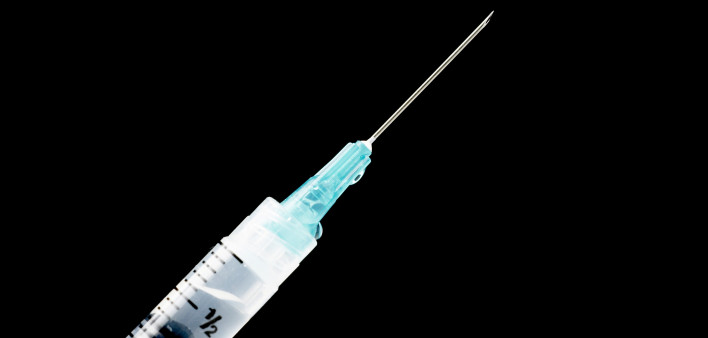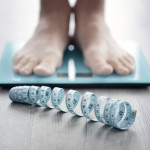Facial reconstruction
Sculptra (poly-L-lactic acid)
- Approved by the U.S. Food and Drug Administration (FDA) to treat HIV-related facial lipoatrophy in 2004.
- Cost: about $700 to $800 per vial. Mild facial lipoatrophy requires about four cumulative vials, moderate about eight to 10 vials, and severe perhaps 12 or more.
- Typically applied in stages: three to four sessions, scheduled every month or so.
- Effects build up over a few months, last about two to three years.
- Perhaps one in five people who receive Sculptra will develop nodules, which are bumps under the skin that typically fade over the course of months. Other side effects include pain during injection, bruising, swelling and tenderness.
- For information about the Sculptra patient access program, call 866-310-7551.
- FDA approved in 2006 to treat HIV-related facial lipoatrophy.
- Cost: about $600 to $700 per syringe. Mild facial lipoatrophy requires about four syringes, moderate about six to eight syringes, and severe 10 or more.
- Effects are immediate, and then fade over the course of about a year.
- May be used with Sculptra, so the Radiesse provides an immediate effect that fades as the Sculptra builds up over time.
- Side effects include pain during injection, bruising, swelling, tenderness and nodules that disappear in time (the risk of bumps is much lower than with Sculptra).
- For information about the Radiesse patient access program, call 866-862-1211.
- These are gel fillers.
- Cost: about $800 per vial, with mild lipoatrophy requiring two vials and higher levels of fat loss requiring four or more.
- Effects are immediate and last about six to 12 months.
- Voluma is more expensive, at about $1,000 a vial, but tends to last longer.
- Side effects include bruising, redness, swelling, pain, tenderness and itching.
- Semi-permanent
- A combination of bovine collagen and a permanent acrylic-based filler known as polymethyl methacrylate, or PMMA.
- Injected in a series of treatments over perhaps a year. Following each treatment, the collagen portion gradually dissipates, while the base of permanent filler remains.
- Cost: about $800 to $1,000 per syringe. Moderate to severe facial lipoatrophy may require 35 or more syringes. The upside of the high cost is the lasting effect of the treatment.
- Side effects include lumps at the injection site, redness, swelling, pain, tenderness and itching.
- Transferring your own subcutaneous fat from one part of your body to another through a surgical procedure.
- A higher upfront cost than with temporary synthetic injectable fillers. But it may cost less money in the long run because of its relative permanence; a single treatment may do the trick.
- It can be hard to find fat to harvest in those who have experienced a great deal of lipoatrophy.
- Compared with Sculptra treatments in particular, fat transfers have a much lower rate of adverse reactions, outside of possible dissatisfaction with the results on account of overcorrection or asymmetry.
- Collagen fillers are a thing of the past, except as a component of Bellafill.
- Health care providers have largely turned away from liquid silicone, a permanent filler. It can drift, leading to jowls, and cause hard bumps known as granulomas. It cannot be removed.
Treatment for fat gain (lipohypertrophy)
Egrifta (tesamorelin)
- Approved in 2010 to treat excess abdominal fat in people with HIV experiencing lipodystrophy.
- A synthetic growth hormone-releasing factor analogue.
- On average, the daily injectable drug reduces belly fat by about 18 percent over a one-year period, though some have a better response than others. If the drug is discontinued, any lost belly fat will rapidly return.
- Side effects include joint pain, redness and rash at the injection site, stomach pain, swelling, and muscle pain. May cause blood sugar to rise.
- Approved in 1996 to treat HIV-related wasting, and may reduce visceral fat around the organs (belly fat), although it is not FDA approved for the latter purpose.
- A daily injectable human growth hormone.
- Side effects include muscle or bone pain and swelling in the hands and feet. Some develop carpal tunnel syndrome.
- An option for the fat pad on the upper back and neck (known as the buffalo hump), although the fat often returns. (Surgical removal is also an option.)
- Not an option for reducing belly fat, because it’s too dangerous to suck out fat from so deep in the abdomen.
- Can reduce fat buildup in the breast, both for men and women. However, the fat often returns.







Comments
Comments